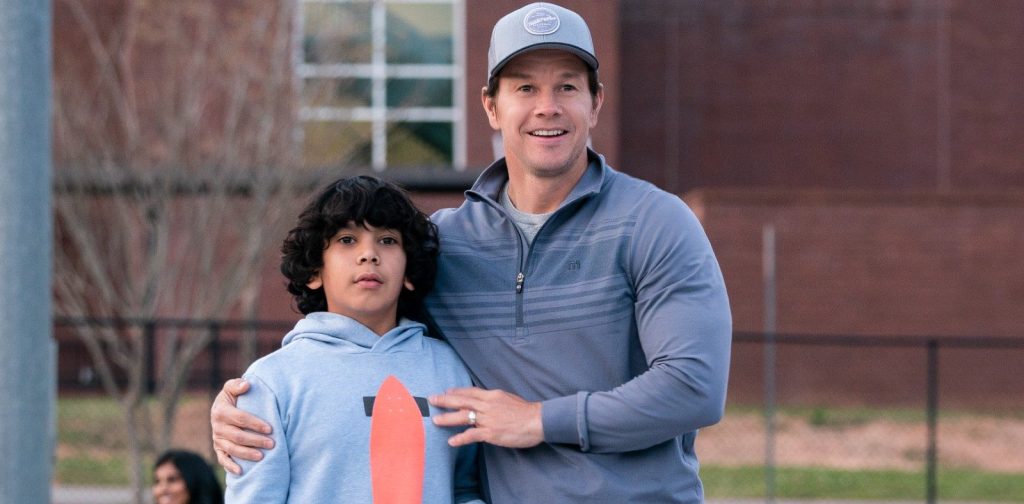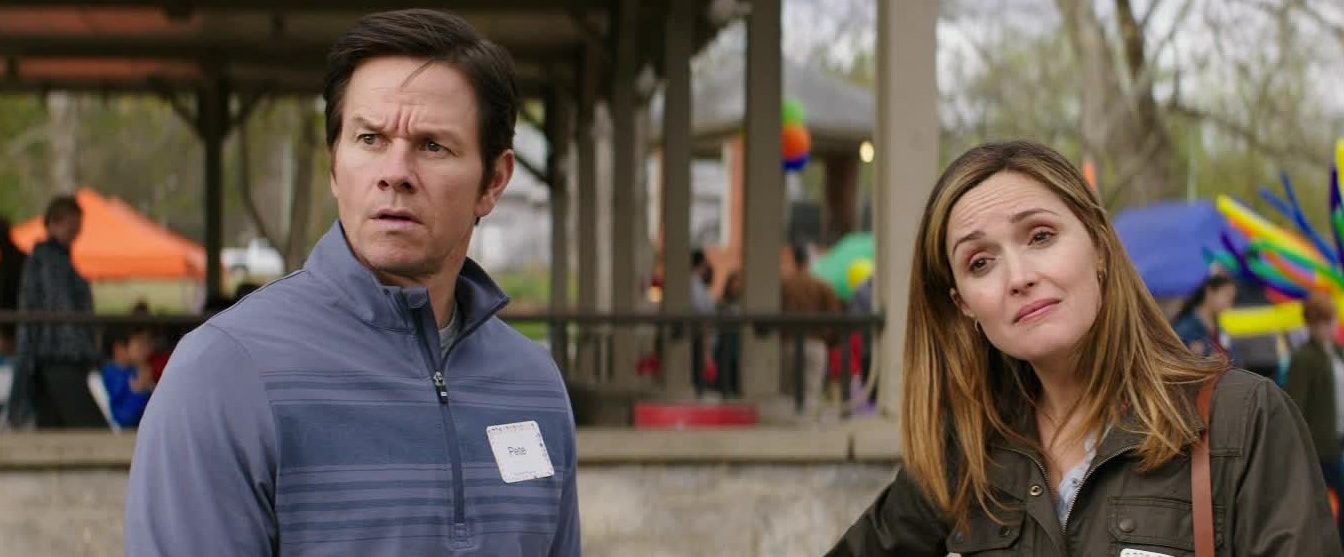‘Instant Family’ is a heartwarming comedy–drama film that explores the joys and hardships of parenting. It begins with Pete and Ellie Wanger, a couple who adopt three foster children. The eldest is Lizzy, who’s a teenager, and her two younger siblings, Juan and Lita. They come from a Hispanic background, which makes the whole ordeal even more challenging for the new parents.
Directed by Sean Anders, this flick takes the audience on an emotional rollercoaster, only to be touched by the positive message about the power of love and family. Starring Mark Wahlberg and Rose Byrne, this 2018 cinematic piece will make you question whether it has any true story behind it. If you resonate with that thought, here’s all you need to know.
Instant Family: Inspired by Director’s Real-Life Adoption Experience
Yes, ‘Instant Family’ is partially based on a true story. It is inspired by director Sean Anders’ real-life experience of adopting three siblings. He also co-wrote the screenplay alongside John Morris. In an interview, he revealed that Lizzy’s character was based on the crew’s little research when they sat down with people who were adopted as a teenager to understand their experiences.

The filmmaker also shared an interesting detail about when he was looking to adopt children. Sean and his wife weren’t initially ready to adopt a teenager (similar to what happened in the movie), but they met a young girl who impressed the couple and was prepared to make her a part of their family. He further explained how his story deviated from the film.
Sean revealed, “Where it changes from the movie is that a couple of weeks later, as we were acclimating to the idea and getting the process going, we got a call from our social worker who said the teen girl had decided to refuse the placement because she is really holding out hope her mother will come back. There wasn’t anything we could do about that, so it just scuttled. The social worker called back after that and said, ‘There are three other kids if you’re still interested.’ Those are now my kids, and they were six, three, and eighteen months at the time.”
Sean admitted to never forgetting the unnamed teenage girl who became the building block for Lizzy’s character. He explained that the movie’s central message was parenting being hard, whether the kids are adopted or biological. The director states they are bound to have problems, trauma, and difficulties. He wanted to maintain an equal balance by portraying happiness, joy, and love while also including the dark parts. When asked if he wanted this movie to inspire people to adopt and have a new outlook toward the whole process, the director had a fitting response.
Sean replied, “Of course, I absolutely hope that, but that’s not really the point. The greater point is that I want people to go on a complete journey with a family. First, you take them through the idea, then meet with the social workers and the nuts and bolts and the world of it, and meeting the kids, and the frustration, and come out the other side where you feel good about who these kids are and who these families are. When you hear these stories in real life, they’re amazing stories and very compelling, and very inspirational. I want people who see this movie to have a better idea of who these people are.”
In another interview, Sean was quite honest about the aftermath of adoption. He was upfront about being confused, scared, exhausted, and feeling like a babysitter to someone else’s kids. Moreover, he spoke about the brighter side of the process and falling in love with his children. Besides, the film includes some realistic scenes that result from his experiences, and Sean describes the same with an open mind.
The filmmaker commented, “There’s this scene where Pete and Ellie are in bed, and they’re at their wits’ end. They’re scared and lost and trying to figure out some way to go back to the quiet, easy life they had before. That scene is a very honest moment. I’m not proud of it, but it’s very true. When general audiences see that, I hear people gasping. But when adoptive families see it, they laugh because they’re like, ‘Oh yeah, we totally had that conversation.'”
Needless to say, Sean’s intentions were clear. He wanted to make a movie that alters the audience’s perspective about the foster system and showcases the reality without sugarcoating. In conclusion, ‘Instant Family’ doesn’t follow the director’s life scene-by-scene, but it undoubtedly draws inspiration from it and opens the door to many conversations about the sensitive subject matter of the film.
Read More: Best Parenting Movies of All Time


You must be logged in to post a comment.